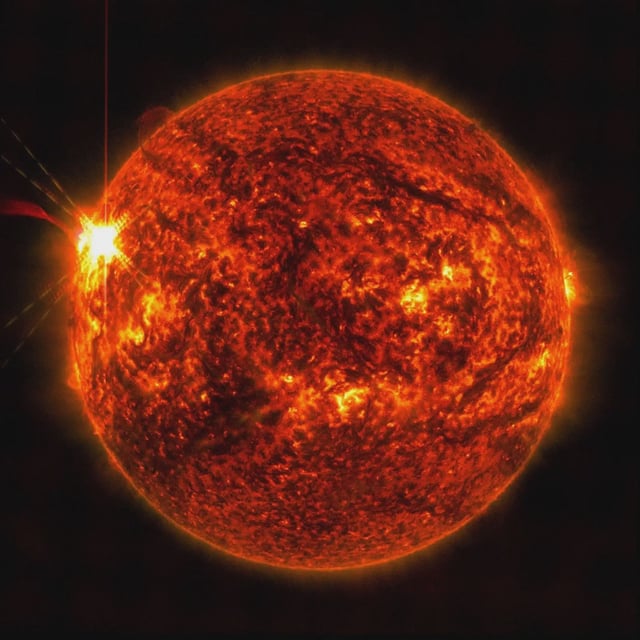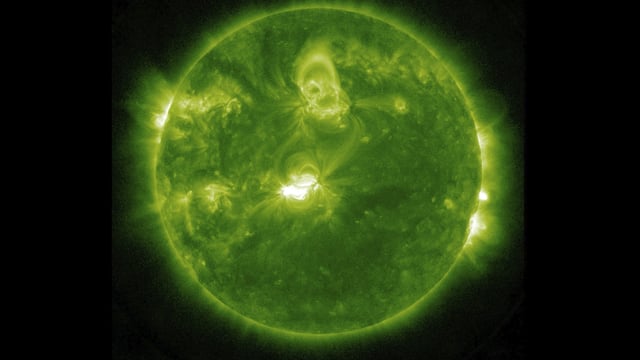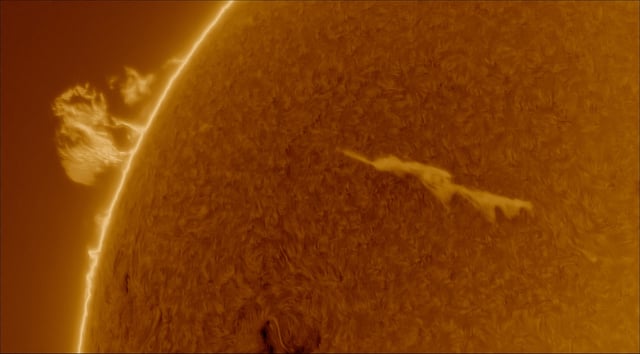Overview
- On May 14, 2025, the Sun released its strongest solar flare of the year, an X2.7-class event, causing temporary radio blackouts in parts of Europe, Asia, and the Middle East.
- A 600,000-mile-long solar filament, dubbed the 'bird wing' eruption, also erupted earlier this week, sending a glancing blow of charged particles toward Earth.
- Earth experienced minor geomagnetic disturbances and enhanced auroras at high latitudes due to the recent solar activity, with no significant technological disruptions reported so far.
- Sunspot AR4087, the source of recent solar flares, is rotating into direct alignment with Earth, raising the potential for more powerful eruptions and coronal mass ejections (CMEs).
- NASA and NOAA continue to monitor the Sun's activity during the peak of Solar Cycle 25, emphasizing the importance of forecasting to mitigate risks to satellites, power grids, and communication systems.


